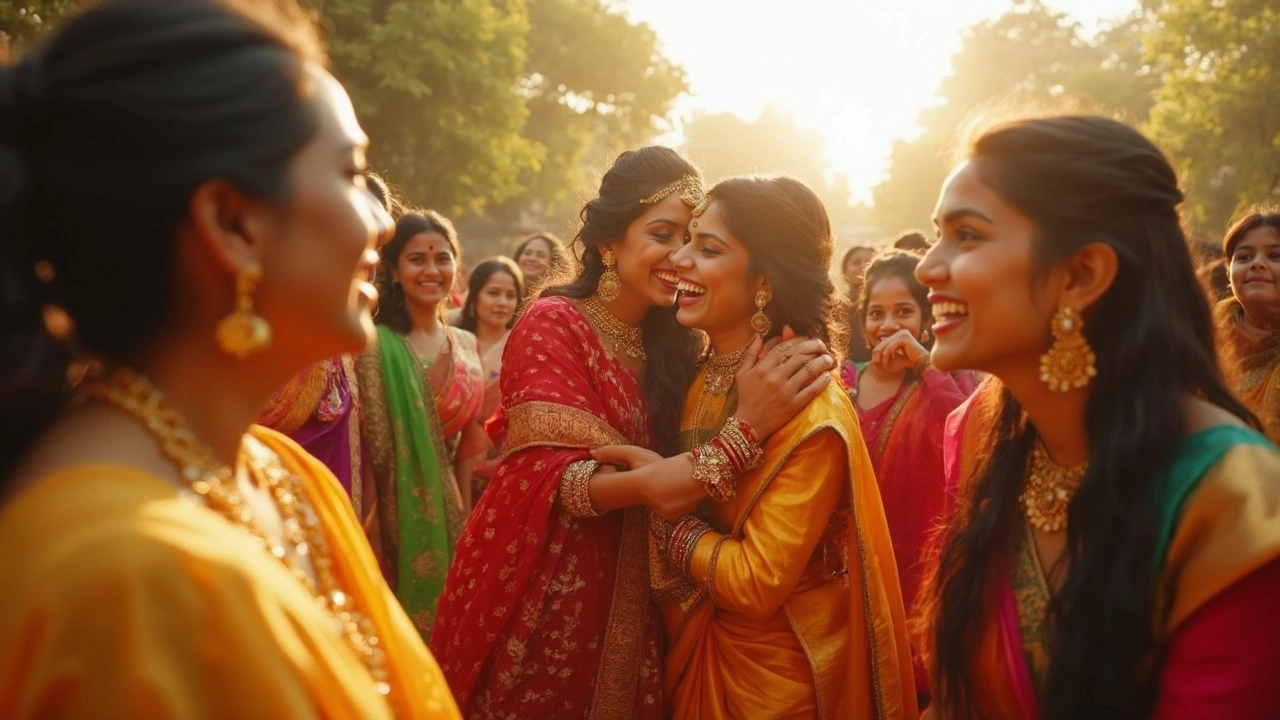Natural Photography: Simple Tips to Capture Real Moments
Ever wonder why some photos feel alive while others look staged? The secret is natural photography – shots that look exactly like life. You don’t need fancy gear or a studio; you just need a few habits and a clear eye. Below are the basics that anyone can follow to make everyday pictures feel genuine.
1. Use Light the Way
Natural light is your best friend. Shoot near windows, out in the shade, or during the golden hour (the hour after sunrise or before sunset). This soft light reduces harsh shadows and brings out true colors. If the sun is too strong, look for a diffuser – a thin white sheet or even a white shirt works. The goal is even, flattering light that doesn’t scream “I used a flash.”
2. Keep the Camera Simple
Don’t over‑complicate settings. On a phone, just tap the screen where you want focus and let the auto‑exposure do its job. If you have a DSLR, set it to Aperture Priority (A or Av) and choose a mid‑range aperture like f/5.6. This keeps most of the scene in focus, which feels natural to the eye. Avoid extreme wide‑angle lenses unless you’re going for a dramatic effect – they can distort faces.
Another tip: turn off any beauty or portrait mode that smooths skin. Those filters look polished, but they erase the little imperfections that make a photo feel real.
3. Capture Candid Moments
People act the most authentic when they don’t know they’re being photographed. Stay a step back, use a longer lens, or simply ask your subjects to go about their activity while you shoot. For family gatherings, set the camera on a tripod and let the kids play; you’ll catch genuine smiles without shouting “cheese.”
If you’re out walking, keep the shutter speed around 1/125 sec or faster to freeze subtle movements – a laugh, a hand gesture, a breeze in the hair. Those tiny motions add life to the frame.
4. Compose Like It’s a Scene
Think about what you’d include in a story. Use the rule of thirds: imagine a tic‑tac‑toe grid and place the main subject along the lines or at the intersections. Leave breathing space so the eye can wander naturally. Including foreground elements, like a fence or a leaf, gives depth and makes the viewer feel part of the scene.
Also, watch for distracting backgrounds. A plain wall, a blurry crowd, or a cluttered table can pull attention away from your subject. Move a few steps, change your angle, or use a shallow depth of field to blur the background gently.
5. Edit Lightly, Keep It Real
Post‑processing should enhance, not rewrite. Adjust exposure, contrast, and white balance just enough to match what you saw. If colors look a bit dull, increase vibrance slightly – avoid oversaturation. Many free editors let you apply a subtle “clarity” boost to bring out details without making the image look gritty.
Save a copy of the original, then make a duplicate for edits. This way you always have the untouched version if you change your mind later.
Putting these habits together turns everyday snapshots into natural photography that feels honest and inviting. Start with one tip today – maybe just stepping outside during the golden hour – and watch your photos come alive.
